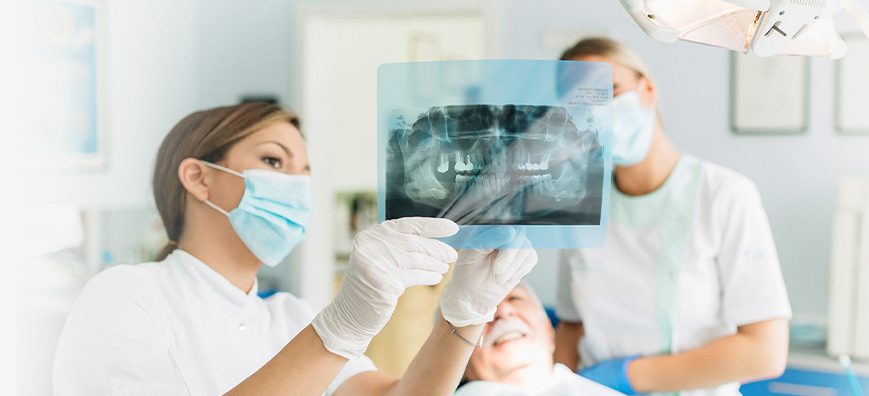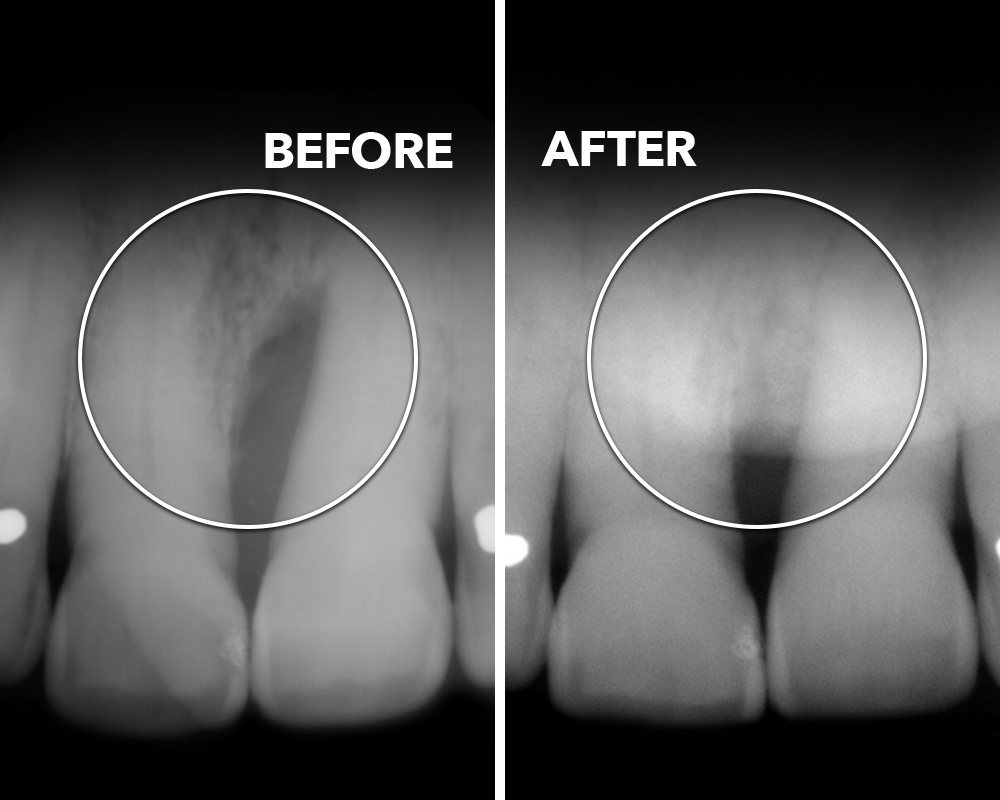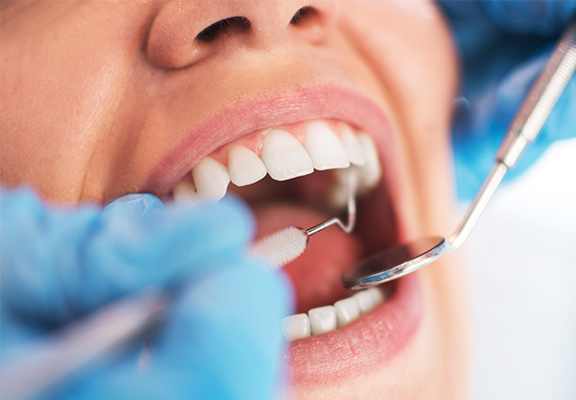BONE GRAFTING IN POWAY
Bone Grafting in Poway

Seeking Professional Bone Grafting Treatment in Poway
It’s crucial to maintain strong and healthy teeth and surrounding bone. However, various factors can lead to bone damage or deterioration in the jaw. Fortunately, Dr. Khansari at Poway Perio in Poway, CA, offers Bone Grafting to address such issues effectively, preventing potential complications.
Situated in Poway, CA, the Poway Perio office is conveniently located for residents of nearby neighborhoods including Carmel Mountain Ranch, Rancho Bernardo, Rancho Peñasquitos, 4S Ranch, Scripps Ranch, Escondido, Mira Mesa, and Ramona. With its accessible location, individuals in these areas can easily access professional treatment from Dr. Khansari to ensure optimal oral health.
What is Bone Grafting?
Bone grafting, or dental bone grafting, is a common surgical procedure that replaces missing bone in order to repair bone fractures that are extremely complex, pose a significant health risk to the patient, or fail to heal properly. By transplanting healthy bone tissue, we are able to recreate bone and supporting tissues that are missing. Usually, a dental bone graft must be completed before a dental implant can be placed. To further enhance healing, we often integrate Platelet-Rich Plasma (PRP) therapy into bone graft procedures, as it stimulates bone growth and accelerates recovery.

What Are the Types of Dental Bone Graft Surgeries?
There are several different types of dental bone graft surgeries we can perform, including:
- Socket Preservation: After tooth extraction, the empty socket is filled with bone grafting material to preserve the bone in the site for tooth replacement in the future.
- Nerve Repositioning: The nerve that gives feeling to the bottom lip and chin is known as the inferior alveolar nerve. Sometimes this nerve must be relocated in order to place a lower jaw implant. The nerve is moved, and the pockets left behind are filled with bone grafting material to prepare for a dental implant.
- Ridge Augmentation: As with socket preservation, ridge augmentation involves filling the site of an extracted tooth; however, bone loss has already occurred in this case as the extraction was done months or years previously.
- Sinus Lift: If the upper jawbone has receded, we lift the sinus membrane and fill the space underneath it with grafting material to bulk up the bone for upper implants.
If you’re ready to learn more, check out our FAQs, call 858.679.0142 or book a consultation.

What is a Dental Bone Graft Made of?
Most synthetic bone grafts are made from hydroxyapatite, a naturally occurring mineral and the main mineral component of bone. Hydroxyapatite is a popular choice due to its osteoconduction and hardness. Some synthetic bone grafts are also made of calcium carbonate.
Bone Grafting Treatment Near You
Restore and strengthen your jawbone with expert bone grafting treatments at Poway Perio. Our skilled team of periodontists specializes in advanced bone grafting procedures to support dental implants and improve oral health. Conveniently located in Poway, our practice proudly serves patients from nearby communities, including Carmel Mountain Ranch, Rancho Bernardo, Miramar, Rancho Peñasquitos, 4S Ranch, Scripps Ranch, Carmel Valley, Escondido, Mira Mesa, and Ramona.
Visit us at 12630 Monte Vista Rd, Suite 204, Poway, CA 92064, or call 858.679.0142 to schedule a consultation and learn how bone grafting can enhance your oral health.
Frequently Asked Questions About
Bone Grafting
Why and where would you need bone grafting?
There are a few reasons you may need bone grafting, such as bone and tooth loss and sinus elevation.
- TOOTH/BONE LOSS: When you lose a tooth or have it removed, your body naturally loses bone in that area. Bone is a live tissue; if you remove a tooth, there is no more pressure tapping into the metabolism of the bone and keeping the area alive. Without pressure of chewing, swallowing and such activities on the bone, the body starts letting it go. This results in bone loss. If you’re going to have a dental implant, there has to be enough bone to place a dental implant that would otherwise need bone grafting.
- PERIODONTAL INFECTION: Serious periodontal infections can dissolve areas of your jawbone. It’s important to treat this because this bone loss can lead to tooth loss. Luckily, Dr. Khansari can help treat the problem. For example, if you’re missing teeth on the lower jaw, we can generate bone there and let it grow.
- WHEN SINUS ELEVATION IS REQUIRED: Bone grafting can also be required in the upper jaw or sinus area. If the molars or premolars have been gone for a long time, the sinus will drop down on that area, concaving in a way that leaves no more vertical space. This makes it impossible to place a dental implant and can also be an aesthetic issue.In bone grafting of this area, we push the sinus membrane up and pack the bone underneath the area to elevate the sinus back up to its original position. This is called sinus elevation, but it is indeed a form of bone grafting.
What is an Autograft?
There are many dental bone graft options, but the two most common are autografts and allografts. An autograft is tissue, or in this case bone materials, that is transplanted from one site to another on the same individual. An allograft is the transplant of tissue or bone material from another individual of the same species. If neither of those two are possible, a synthetic bone graft may be used.
How do we evaluate and start the bone grafting process?
We figure out what area needs bone grafting, and how much, by using our CT scanner to perform a CT scan. This kind of X-Ray machine, which is 3 dimensional, takes cross sectional images of the area. It only takes about 14 seconds to spin around the area and, after about 5 seconds, can have the data processed and ready to view.
After the CT scan is finished, Dr. Alireza Khansari MSD will sit down with the patient and show them the images. This way, they can know exactly what area needs surgery, hear why and ask any questions. On the CT scan, Dr. Alireza Khansari MSD can point out exactly how and where an implant will be placed. This gives the patient the ability to visualize how the implant can look and confidently know what to expect from the procedure.
How does bone grafting work?
These are the different steps in treating bone loss and doing bone grafting depending on your specific situation. For example, if you’re suffering from bone loss due to periodontal disease, the first step in treating the bone infection and loss is to get rid of the periodontal disease, which will prevent continuing bone loss. (Please more about this at our Treatment of Periodontal Disease page.)
We would institute bone grafting procedures in which we’d build up or add bone to the jaw or needed area. There are a variety of techniques for bone grafting, and we’re very proud to be using the most new, advanced methods. We’re happy to learn more about your specific situation and discuss which technique will work best for you.
What Does a Dental Bone Graft Look Like? Dental bone grafts are essentially bone fragments in the form of small granules, which make them look like coarse sand.
What to expect after a dental bone graft?
There will be a waiting period for the bone graft to fuse with the natural bones that are already in your mouth, and it’s not uncommon for the process to take anywhere from three months to an entire year for the bone graft to fuse. You’ll come in for regular checkups until Dr. Khansari decides you are ready for the implants.
Immediately after surgery and throughout the healing process, it’s common for many patients to experience the following:
- Swelling and bruising
- Bleeding
- Numbness due to anesthesia for up to six hours after surgery
- Discomfort for several days
- Facial and sinus pressure
- White particles within the mouth several days after surgery
- If suture was placed, it will dissolve
- If screws were placed, these will be removed at a following appointment at doctor’s discretion

